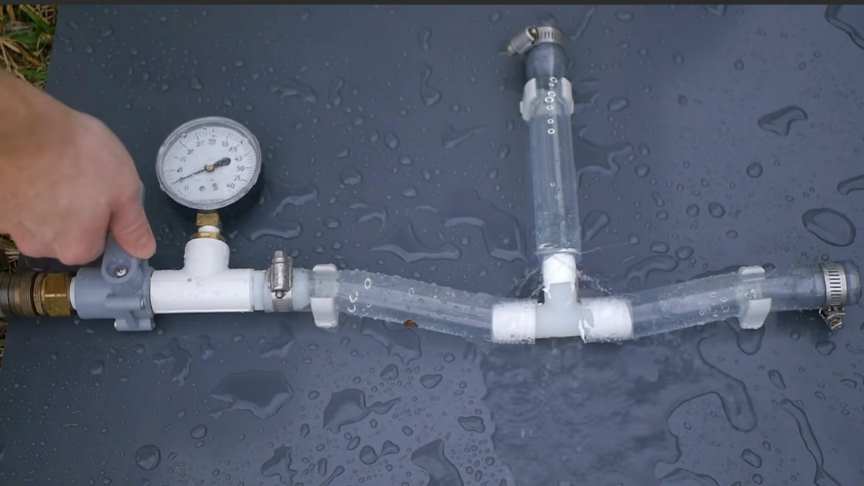We use pipes to carry all kinds of fluids. Pretty much anyone can tell you how they work. You put a liquid or a gas in one side and it comes out the other. But, designing pipe systems is not always as simple as it seems. It’s the engineer’s job to make sure the pipe stays put.
source/image: Practical Engineering
Thrust forces in pipelines occur at changes in direction, reductions in diameter (bends, tees, tapers) and at the ends of pipelines carrying water under pressure.
They can be high and must be counterbalanced by appropriate anchored joint systems, or by anchor blocks.In a piping structure without adequately support fluid flow velocities and internal pressures may create intolerable forces and tensions.
Advertisement
Pipe deformations or movements, in particular, can also cause additional pipe stresses axial, bending and shear on the pipe and/or deflection in the joints at or near the unbalanced forces.One popular method of preventing pipe separation for underground pipe is gasketed push-on joints for underground pipe that do not have special locking devices, but permit pipe to be installed in any direction and at any point along the path.//Practical Engineering











